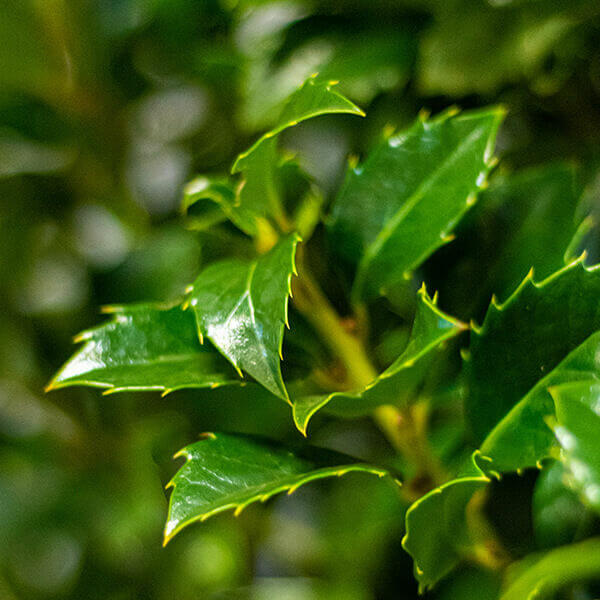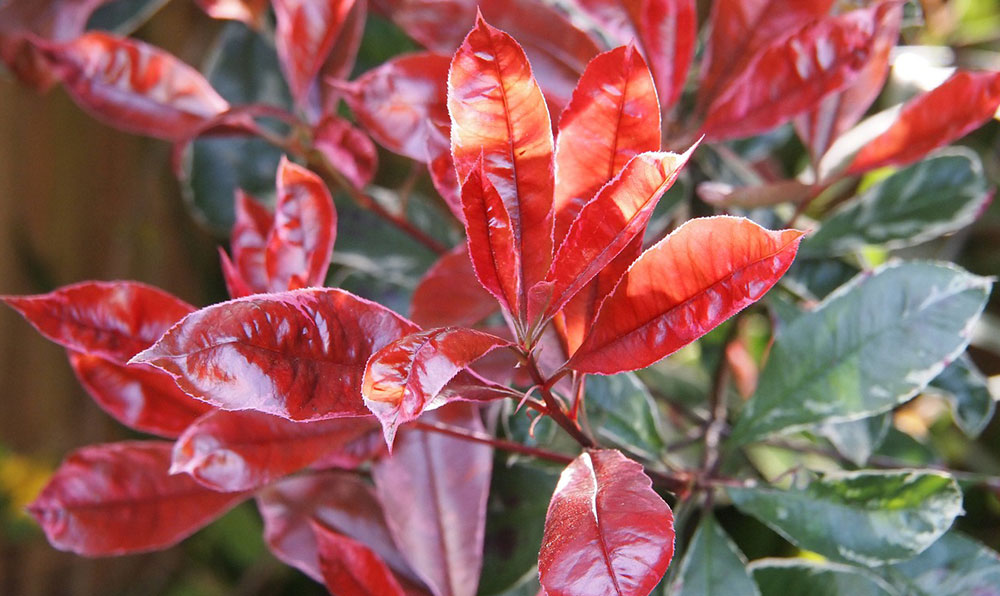Hedging Plants For Mediterranean Gardens
Hedging Plants For Mediterranean Gardens
Blog Article
Hedging Plants For Erosion Control
Boost your garden's allure with lavish hedge ranges such as Yew (Taxus), Thuja, Laurel, Photinia, and Bamboo, commemorated for their structural integrity and environmental benefits.
Yew and Thuja supply evergreen coverage and winter season resilience, while Laurel provides quick growth and broad, aromatic leaves.
Photinia adds seasonal appeal with its lively red foliage, and Bamboo lends a low-maintenance, peaceful atmosphere.
These hedges enhance air quality, reduce noise, and develop tranquil, private spaces.
Correct planting, spacing, and maintenance guarantee energetic development and ecological harmony.
Check out how these lavish varieties can elevate your garden's charm and well-being.
Key Takeaways
Change Your Garden With Lush Hedge Ranges
- Select Yew for its thick, evergreen growth and unrivaled durability.
- Go with Laurel for its fast growth and broad leaves, ensuring quick personal privacy.
- Choose Photinia for its vibrant seasonal foliage, which turns a striking dark red.
- Use Bamboo for a low-maintenance, winter-hardy hedge with visual appeal.
- Area plants 2-3 per meter and prune frequently for optimum development and health.
Popular Hedge Plants
When changing a garden with rich hedge varieties, it's important to think about popular hedge plants such as Yew, Thuja, Laurel, and Photinia due to their unique characteristics and benefits.
Yew (Taxus) is highly respected for its durability and thick, green development, making it a prime choice for enduring landscapes.
Thuja is noted for its evergreen foliage and robust winter durability.
Photinia adds seasonal vibrancy with red leaves that darken in time, producing dynamic visual appeal.
Laurel offers rapid development and aromatic, broad leaves, perfect for fast personal privacy.
Furthermore, Bamboo is an exceptional choice for atmosphere, using a low-maintenance, winter-hardy option that boosts the garden's aesthetic with its classy, swaying canes.
These choices deal with a variety of horticultural needs and choices.
Advantages of Garden Hedges
Garden hedges provide a multitude of benefits, making them a valuable addition to any landscape. These natural barriers are affordable to carry out and offer significant wind defense, improving air circulation and adding to noise decrease. The dense foliage of hedges like Thuja and Beech makes sure privacy by obstructing exposure, creating a remote and serene environment.
Hedges also play a crucial function in microclimate regulation, offering a stable environment that promotes plant development and lessens temperature variations. Their elaborate leaf structures filter toxins, improving air quality and adding to a much healthier garden ecosystem.
Furthermore, hedges master noise decrease, soaking up and deflecting sound waves to lower ambient noise levels. This dual performance of supplying both visual and acoustic personal privacy boosts the total tranquility and aesthetic appeal of any garden.
Planting and Upkeep Tips
For an effective hedge, careful preparation of the planting area is essential. Guarantee the soil has appropriate pH and drain to support strong root development.
Space the plants appropriately for the selected types. Water the hedge regularly throughout its preliminary development stage, adjusting as needed with seasonal changes.
Execute a methodical insect control and disease prevention technique, using organic or chemical treatments when needed. Routinely examine for aphids, mites, and fungal infections.
Apply mulch to keep moisture and suppress weeds. Seasonal pruning promotes thick development and air blood circulation, vital for plant health.
Following these guidelines will help you cultivate a vibrant, well-maintained hedge that enhances the beauty of your garden.
Spacing and Trimming Guidelines
Spacing and Trimming Standards
Appropriate spacing and trimming are essential for cultivating healthy, visually appealing hedges. Appropriate spacing makes sure each plant receives enough nutrients, light, and air flow.
Follow these guidelines for optimal hedge upkeep:
- Spacing: Position hedge plants 2-3 plants per meter to encourage robust growth.
- Pruning Strategies: Routine pruning is vital for keeping preferred hedge height and shape. Trim brand-new growth in summer and cut down older wood during winter season.
- Seasonal Care: Adjust trimming schedules and approaches according to seasonal requirements to ensure plant health.
- Hedge Height: Frequently screen and cut to maintain the wanted hedge height and achieve consistent aesthetic appeals.
Sticking to these steps will ensure your hedge grows, improving both the appeal and performance of your garden.
Choosing the Right Hedge
Selecting the Right Hedge
Picking the suitable hedge involves assessing aspects such as mature height, foliage density, and ecological resilience. Successful hedge plant choice needs understanding each species' development characteristics and site-specific versatility.
For instance, Yew (Taxus) uses excellent longevity and thick development, while Thuja is notable for its winter durability. Furthermore, considering maintenance requirements is important; fast-growing types like Laurel or Privet need regular trimming, whereas low-maintenance choices like Bamboo or Ivy may be more effective for those looking for very little maintenance.
Ecological aspects such as soil type, light availability, and moisture conditions should also guide the selection process. This careful approach ensures the chosen hedges will thrive, providing both practical and visual advantages to the garden landscape.
Delivery and Planting Recommendations
To ensure your hedge plants flourish, they should be delivered by specialized carriers and planted without delay upon arrival.
Follow these necessary actions for successful planting:
- Soil Preparation: Enrich the soil with organic matter to enhance drainage and nutrient content.
- Planting Depth: Create a trench two times the width and equal to the depth of the root ball.
- Watering Techniques: Water completely after planting, keeping the soil regularly moist however not filled.
- Mulching: Apply a layer of mulch to maintain moisture and suppress weeds.
Consumer Support and Service
Offered the important role of prompt support in horticultural pursuits, our consumer assistance team is readily available six days a week through telephone, e-mail, and social media to use professional advice and promptly deal with any concerns. Their devotion to quick action times guarantees consumer complete satisfaction by resolving questions related to plant health, optimum planting methods, and maintenance schedules.

Accessibility
Email
This thorough support group, strengthened by a stellar 9.3/ 10 consumer rating, highlights our dedication to improving the gardening experience for every client.
Often Asked Questions
How Long Does It Consider Hedge Plants to Establish?
Hedge plants normally require one to 3 years to become completely developed, with the precise period varying by types and growing conditions.
Effective care throughout this critical duration is necessary for robust growth. Constant watering, alert weed control, and suitable fertilizer application are essential in promoting strong root development.
For example, fast-growing types like Laurel might establish quicker, while slower-growing ranges such as Yew might take longer. Persistent upkeep speeds up the establishment procedure, leading to healthy and dense hedges.
What Are the very best Hedge Plants for Personal Privacy?
The question of the very best hedge plants for personal privacy includes evaluating evergreen and deciduous choices.
Evergreen hedges like Thuja, Laurel, and Cypress offer year-round protection, making sure constant personal privacy.
On the other hand, deciduous hedges such as Beech offer seasonal privacy, shedding leaves in chillier months.
Secret upkeep pointers for privacy hedges include regular trimming, fertilizing in spring, and proper spacing-- generally 2 to 3 plants per meter.
Furthermore, consistent watering and persistent weed elimination are important for promoting healthy, thick development.
Can Hedge Plants Bring In Wildlife to My Garden?
Yes, hedge plants can bring in wildlife to your garden by supplying vital advantages like shelter, food, and nesting websites, consequently improving local biodiversity. For instance, yew, holly, and laurel are excellent for attracting birds, while ivy supports a variety of pests.
However, it's essential to note that there are some downsides, such as increased upkeep to manage pests and routine maintenance. Carefully picking and preserving hedge varieties can assist stabilize these downsides and advantages, ultimately cultivating a sustainable and vibrant environment in your garden.
Are There Any Flowering Hedge Plants Available?
Yes, there are flowering hedge plants readily available that can improve the appeal of your garden.
For instance, Elaeagnus, also called Olive Willow, produces fragrant white flowers in the fall, including a touch of elegance.
Photinia, another popular option, showcases vibrant red leaves that grow into a rich green, developing a dynamic visual impact throughout the seasons.
To ensure these plants prosper, it's important to practice correct pruning techniques and seasonal maintenance, such as cutting new development in the summer season and cutting back in the winter season.
These measures will help keep the health and aesthetic appeal of your flowering hedges.
How Do I Avoid Bugs in My Hedge Plants?
To prevent insects in hedge plants, use natural pest control techniques and keep proper hedge care. Introduce useful pests like ladybugs, which prey on hazardous bugs, to develop a balanced ecosystem.
Routinely examine your hedges for indications of infestation and quickly eliminate any afflicted parts to avoid the spread. Make sure the health of your hedges by using well balanced fertilizers and supplying appropriate water.
Utilize mulching to retain soil moisture and proper spacing to minimize plant tension and promote robust development. These practices collectively help in lessening insect problems and preserving a healthy hedge.
Conclusion
In essence, selecting the best hedge varieties such as Yew, Thuja, and Laurel can transform any garden into a peaceful haven. These plants provide year-round plant, boost visual appeal, and deal practical benefits like noise reduction and wind security.
Appropriate planting methods, accurate spacing, consistent watering, and seasonal trimming are vital for optimal development.
Reliable shipment services and skilled client support make sure a smooth experience from purchase to planting, making it simpler than ever to elevate your outside space.
Garden hedges offer a plethora of benefits, making them a valuable addition to any landscape. These natural barriers are cost-effective to carry out and offer hedging plants significant wind defense, improving air circulation and contributing to sound reduction. The thick foliage of hedges like Thuja and Beech guarantees personal privacy by obstructing presence, producing a secluded and tranquil environment.

Pruning Methods: Regular pruning is important for maintaining preferred hedge height and shape. Trim new development in summer season and cut back older wood throughout winter.
Report this page